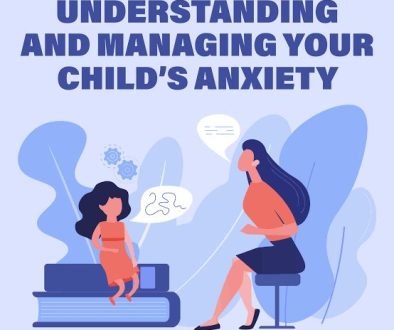Exploring Neurodiversity: The Strengths of Different Brain Types
Neurodiversity is a concept that recognizes and celebrates the natural variations in human brain function and behavior. It suggests that conditions like autism, ADHD, dyslexia, and others are simply different ways of thinking rather than deficits or disorders. In recent years, the neurodiversity movement has grown in prominence, encouraging society to see neurodivergent individuals as possessing unique strengths that contribute to our communities and workplaces.
One of the main strengths of neurodiversity is the wide range of perspectives it brings. Individuals with different brain types may approach problems in unconventional ways, which can lead to creative solutions. For example, people with ADHD often excel in high-energy and fast-paced environments, as their ability to think quickly and handle multiple stimuli makes them effective in dynamic roles. Similarly, people with dyslexia often have strong spatial reasoning skills, which can benefit fields like engineering, design, and architecture.
Autistic individuals, meanwhile, frequently demonstrate exceptional attention to detail, as well as a high level of focus on areas of interest. These qualities can make them particularly skilled in analytical roles or in tasks that require precision. Many autistic individuals have also shown a strong capacity for pattern recognition, which can be valuable in fields such as data analysis, coding, or scientific research. By embracing these strengths, companies can benefit from diverse ways of thinking that enrich teamwork and drive innovation.
Moreover, neurodivergent individuals often bring resilience and determination to their personal and professional lives. Living in a world that has traditionally valued one way of thinking can pose challenges, but many neurodivergent people develop strong problem-solving skills and persistence as a result. This resilience is beneficial not only to them but also to the teams and communities they are a part of, as they often model perseverance in the face of obstacles and a commitment to finding solutions that work for them.
Embracing neurodiversity also has a positive impact on mental health and well-being. By shifting away from a “deficit-based” approach and toward a strengths-based perspective, society can reduce stigma and build more inclusive environments. When neurodivergent individuals feel valued and understood, they are likely to experience higher self-esteem and lower levels of stress and anxiety. In workplaces, schools, and communities that embrace neurodiversity, neurodivergent individuals can feel safe expressing their unique perspectives and abilities, contributing to a culture of acceptance and psychological safety.
In education and professional settings, embracing neurodiversity means providing accommodations that help neurodivergent individuals succeed. This might involve using assistive technologies, offering flexible work hours, or creating sensory-friendly environments. These accommodations allow individuals to perform to their fullest potential, benefiting both them and the organizations they are part of. By focusing on strengths rather than limitations, educational and professional institutions can create spaces where neurodivergent people can thrive.
The neurodiversity movement is changing the way we view human potential, encouraging society to appreciate diverse ways of thinking and contributing. By valuing the strengths that different brain types bring, we can foster environments that are inclusive, innovative, and supportive of all people.



